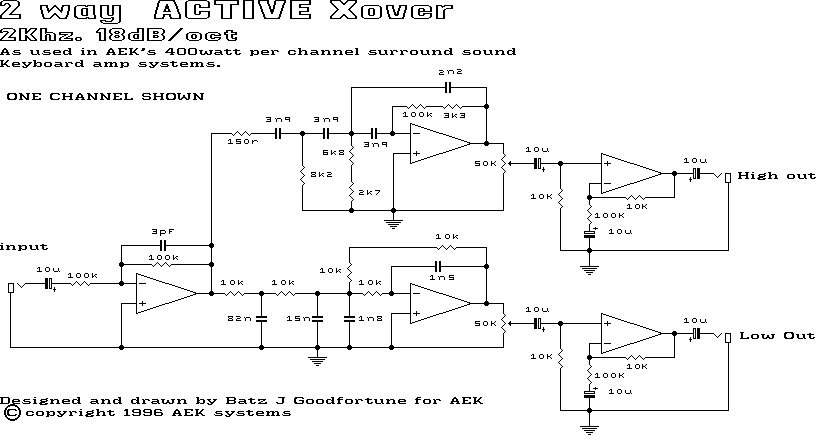Hello All,
I thought that it might be useful to add some information to this discussion.
Active loudspeakers generally, if not DSP controlled, will have crossover filters which are based on op-amps. Modern op-amps are extremely linear. I believe that, with the very best op-amps, you are talking even lower figures that Steve_1979 has quoted (you can easily find datasheets from TI and AD which will give you figures for achievable THD) However, the distortion from passive components, mentioned above, is hugely overstated. For example, if you look in Colloms "High Performance Loudspeakers" he presents some measurements of inductor distortion (the worst source of distortion in a typical passive crossover). There is quite a variation in the performance, but with the right choice of component, low levels of distortion are achievable.
In the overwhelming majority of loudspeakers, active or passive, the major source of non-linear distortion (e.g. harmonic distortion and intermodulation distortion) is due to the drivers themselves. The measurements of harmonic distortion which are published with KEF products are full system measurements including the drivers and the crossover.
The passive crossover does have an effect on the interaction between the amplifier and the loudspeaker but, with modern low output impedance amplifiers, the effect is deterministic. In other words we take this into account when we design the loudspeakers: the drivers and crossover are designed to work together to give the desired output when connected to the amplifier.
Active or passive is just one choice among a plethora of design decisions. There are plenty of other areas where the designer can get it right or get it wrong.
All the best, Jack.


